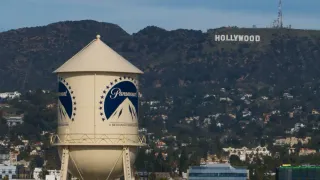November 4, 2019
Widespread Glitches Occur on 1st Day of 'Obamacare' Sign-Ups
READ TIME: 1 MIN.
Trump administration officials say they're working to resolve problems with HealthCare.gov following reports of widespread technical glitches on the first day of "Obamacare" sign-ups.
The Centers for Medicare and Medicaid Services said in a statement Friday that it's aware that some consumers trying to sign up for health insurance have received error messages from the online system. The agency said its "highest priority" is to fix the issues quickly to provide a "seamless consumer experience."
Get America Covered, a group that monitors HealthCare.gov and includes former Obama officials, said it received reports of problems from people in multiple states. Some consumers were unable to complete their applications.
About 10 million people get subsidized private health insurance through the Affordable Care Act.
Open enrollment for 2020 health plans ends Dec. 15.






